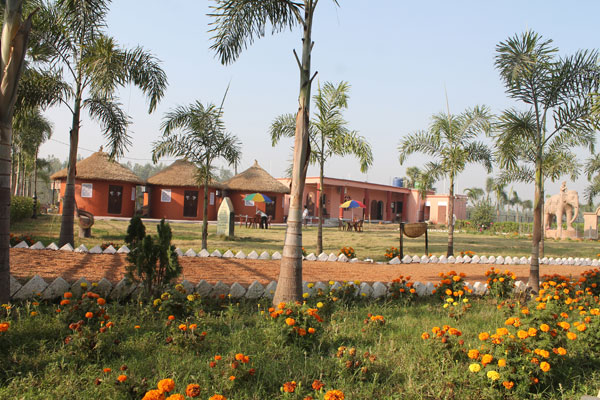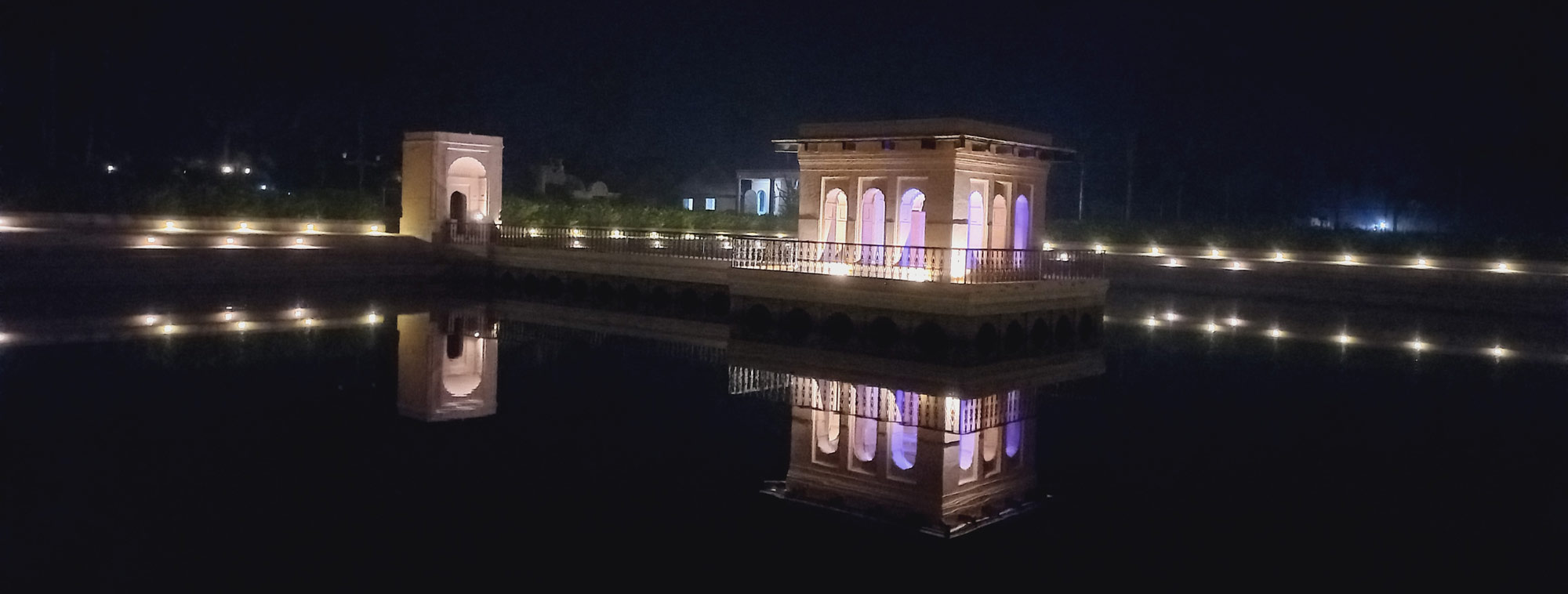Chandni History
To appreciate the history of Chandni Jaltungi, we must first acknowledge the man who built it – Maharaja Kirti Chand Roy and the place where he built it – Dignagar.
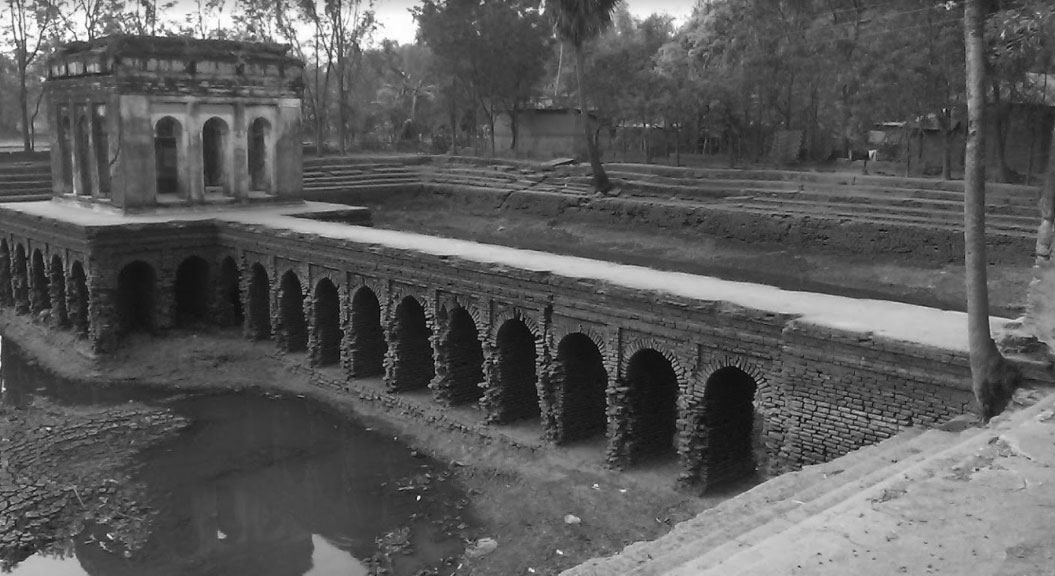
The earliest mention of Dignagar dates back to the 16th Century during the reign of Sadgope Zamindars but its true glory flourished during the reign of Maharaja Kirti Chand Roy (1702 to 1740 AD). The Anandabazar area of Dignagar flourished as a trading post during Kirti Chand’s era. Dignagar was known for its Jaggery, Silk, Cotton, Brass and other products. However, the golden era of Dignagar ended with the invasion of the Marathas.
The Marathas had set up camps at Dignagar and Raja Janki Prasad and Mustafa Khan (representatives of Nawab Alivardi Khan) had held meetings at Dignagar with the Maratha General Bhaskar Ram Kolhatkar, also known as Bhaskar Pandit in 1744 AD.
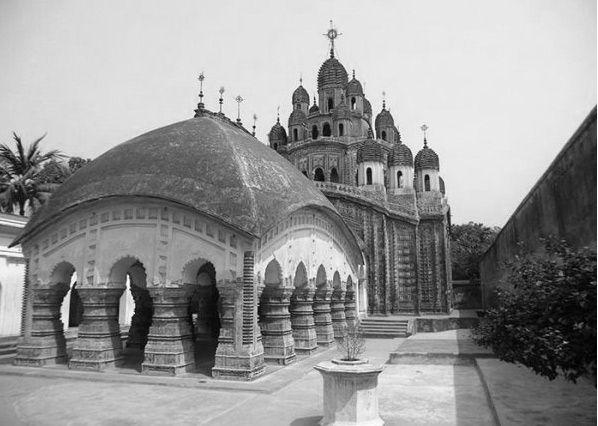
Lalji Temple, Kalna
Maharaja Kirti Chand Rai was made the heir to his father’s Zamindari at the age of three when his father Jagatram was ambushed and killed at the Krishnasayar Lake. Jagatram was survived by his widow Brojokishori and two sons – Kirti Chand and Mitrasen. Brojokishori took to the responsibility of managing the Zamindari till Kirti Chand was old enough to undertake the Zamindari.
Brojokishori was a very efficient and benevolent administrator. She pledged various public welfare projects like building the Ranishayar Dam to meet the water scarcity of the scorching summer months of Bardhaman. She also commissioned numerous temple building projects throughout India but her most ambitious project was to build the Lalji Temple of Kalna which is famous for its terracotta panels.
In 1706 AD, Kirti Chand was bestowed the Firman (Charter of Rights) to administer and collect taxes for Emperor Aurangzeb from a total of 49 Parganas and was also conferred the title of Chowdhury. Soon after assuming his power from the Mughal Court, he went on a rampage in killing his father’s murderers and waging battles against local Zamindars of Chandrakona, Ghatal, Balagar, Tarakeshwar and engulfing their territories within his Zamindari. In 1722 AD, Kirti Chand’s Zamindari extended to 57 Parganas and covered 5000 square miles and he had to pay 20,47,506 Takas as taxes to the Mughal Court.
In the early part of 1730 AD, Kirti Chand Roy attacked Bishnupur and occupied the prestigious Fatehpur Mahal of Bishnupur. The Raja of Bishnupur, Gopal Singha accepted his defeat and presented Kirti Chand a sword of truce embedded with gems and diamonds.
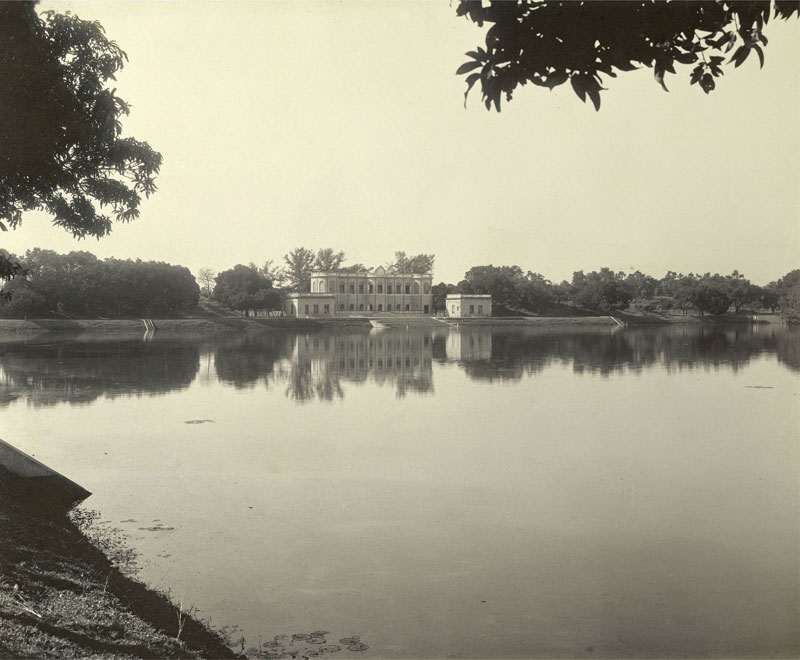
Krishnasayar Lake, Bardhaman – 1904
To celebrate his triumph over Bishnupur, Kirti Chand commisioned the Barduari Gate at Kanchannagar, which flaunted 12 exquisite towers. Some parts of this unique architecture stands strong till today. Kirti Chand’s successful campaign against Marathas at Katwa made him the closest ally of the Nawabs of Bengal.
Maharaja Kirti Chand Roy was a great builder, visionary and a man of valour. He laid the foundations of the great city of Kanchannagar near Bradhaman and single – handedly created one of the most successful trading centers of East India during his reign. The layout of Kanchannagar was flawlessly planned and the best workers, artisans and traders were invited to settle at Kanchannagar. At its helm, Kanchannagar was called “Schefields of India” for its artisans created the best knives, scissors, brass utensils, swords and jewelry.
Kirti Chand commissioned the building of numerous temples and public welfare projects. Some of his most acclaimed projects include the construction of the vast Jogeswardihi lake near Katwa, Jogadya Sati Peeth, Sarbamangala Devi Temple in Bardhaman, Mahanta Asthal Vaishnav Math and numerous other temples, ponds and trading posts.
Out of all the great buildings that he raised, there is only one which he built for the love of his life and it still stands today as the most graceful of all his creations – Chandni Jaltungi. Kirti Chand was married to Rajrajeswari, the daughter of Bulchand Tandon – a noble family who hailed from Sindh.
He ordered the building of Chandni Jaltungi to delight his wife Rajrajeswari’s yearning for her homeland in the Sindh. Kirti Chand built the most beautiful piece of Rajputana in Dignagar for his Queen. The villagers’ whisper goes that the beautiful Queen could hold the radiance of moon within her palms when she took a handful of water from this Jheel on a full-moon night, so they called it Chandni.
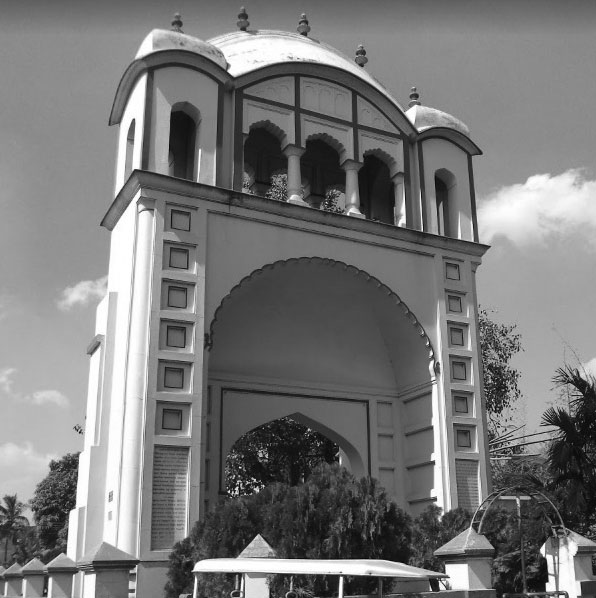
Barduari Gate at Kanchannagar
There were night long musical events held here and musicians from all over India would grace the Ghaats of Chandni Jaltungi for the King and the Queen of Bardhaman. Kirti Chand also built a palace in Dignagar but it could not stand the test of time nevertheless Chandni Jaltungi still stands as a witness to the mighty King’s love for his beautiful wife.
